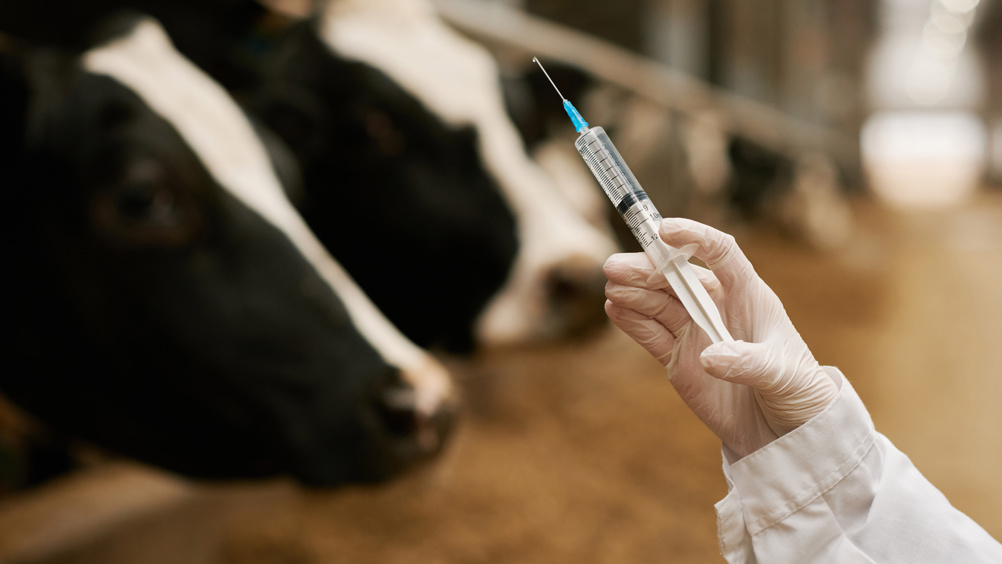Cattle Review

Abstract
Introduction: I produced the first edition of Cattle Review (then Cattle News) for the January 1999 edition of Livestock. This, the 158th edition (for some years there were 7 per annum), considers open access papers on Johne's disease, tuberculosis and digital dermatitis and marks 25 consecutive years!
Johne's disease is caused by Mycobacterium avium subspecies paratuberculosis (MAP), which typically infects calves that remain latently infected during a long period, making early detection of infection challenging. Cow to calf transmission can occur in-utero, via milk/colostrum or faecal–orally. Understanding of the different transmission routes to calves is important in informing control recommendations. The aim of a longitudinal study by Nunney et al (2023) (10.1016/j.prevetmed.2023.106022) was to measure the association between the transmission routes via the dam and the environment on a calf subsequently testing serologically positive for MAP. The study population comprised of 439 UK dairy calves from six herds enrolled between 2012 and 2013 and followed up until 2023. At birth individual calf data were captured. During follow-up, individuals entering the milking herd were quarterly tested for the presence of MAP antibodies using milk enzyme-linked immunosorbent assay (ELISA). Cox regression models were used to measure the association between exposure from the dam (in-utero and/or colostrum) or from the environment and time to first detection of MAP infection. An association between calves born to positive dams and probability of having a MAP positive test result remained after excluding potential MAP transmission via colostrum. Calves unlikely to be infected with MAP via the in-utero or colostrum route had a 3.68 (95% CI: 3.68 1.45–9.33) higher hazard of a positive test result when they stayed longer in a dirty calving area. The effect of the dam infection status on transmission to calves precedes the dam's seroconversion and persists after excluding the potential role of transmission via colostrum. The association between time spent in a dirty calving area and probability of a MAP positive test result highlights the role of environmental contamination as a source of infection in addition to the dam.
Register now to continue reading
Thank you for visiting UK-VET Companion Animal and reading some of our peer-reviewed content for veterinary professionals. To continue reading this article, please register today.

